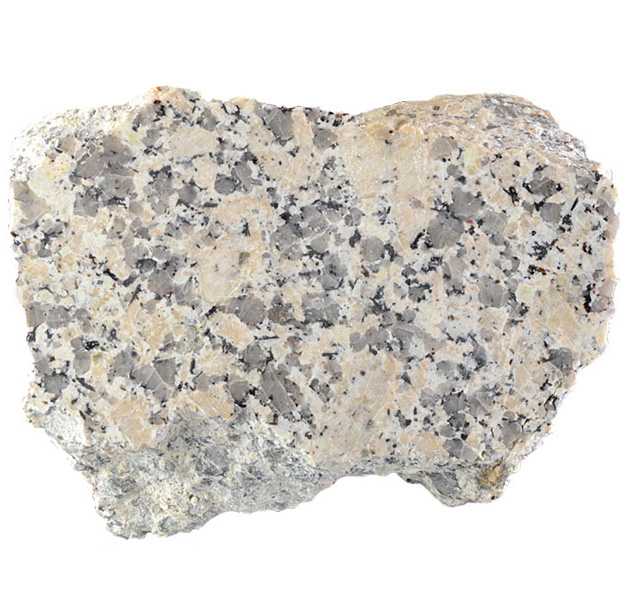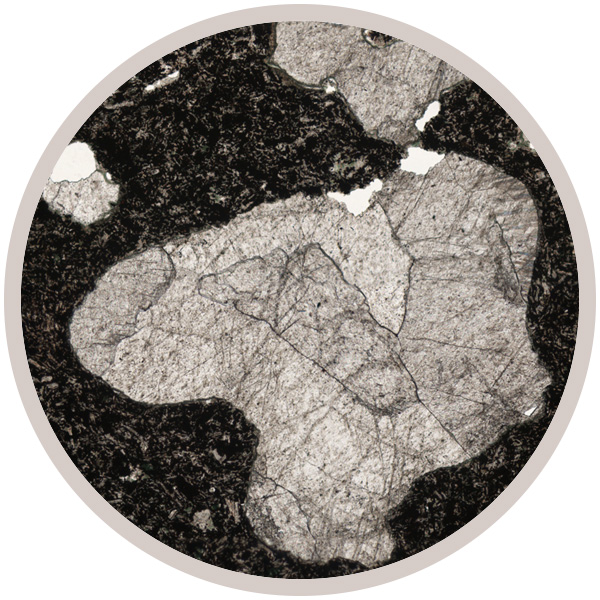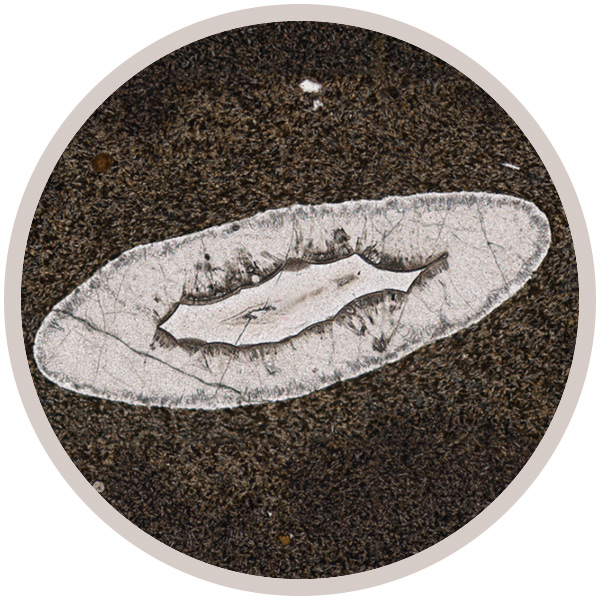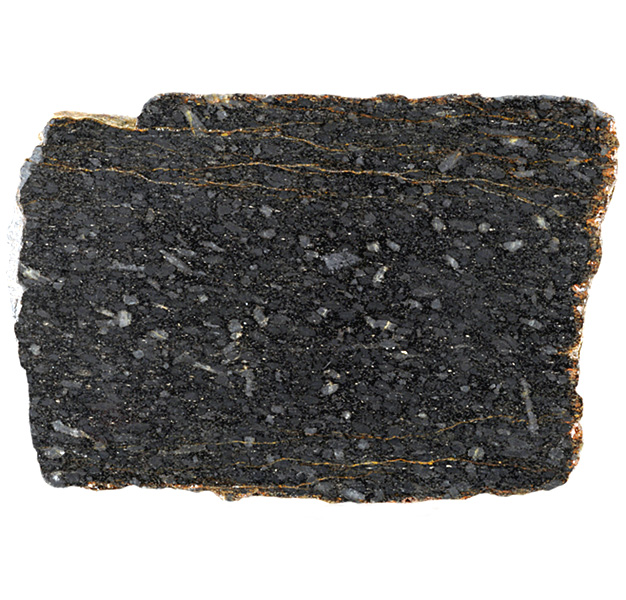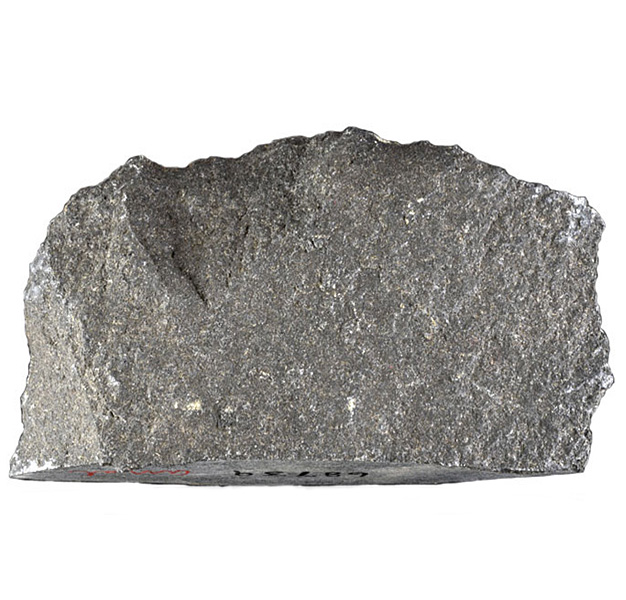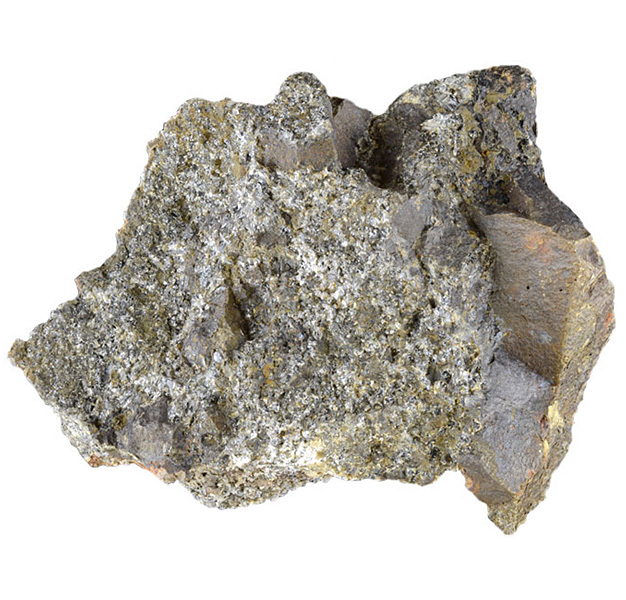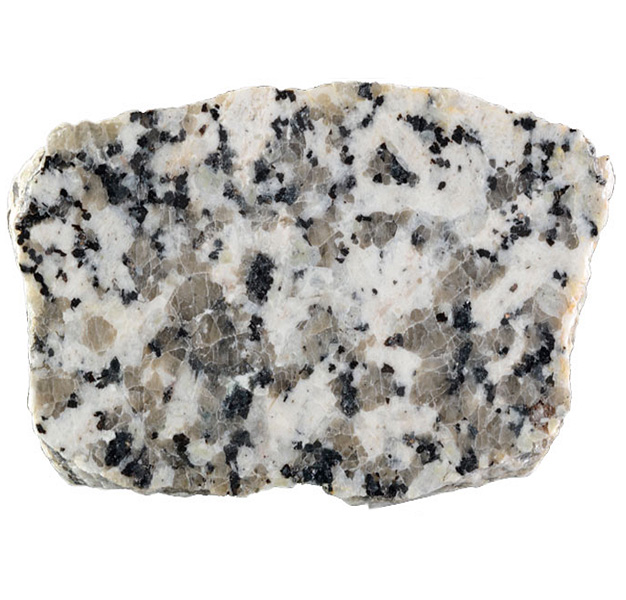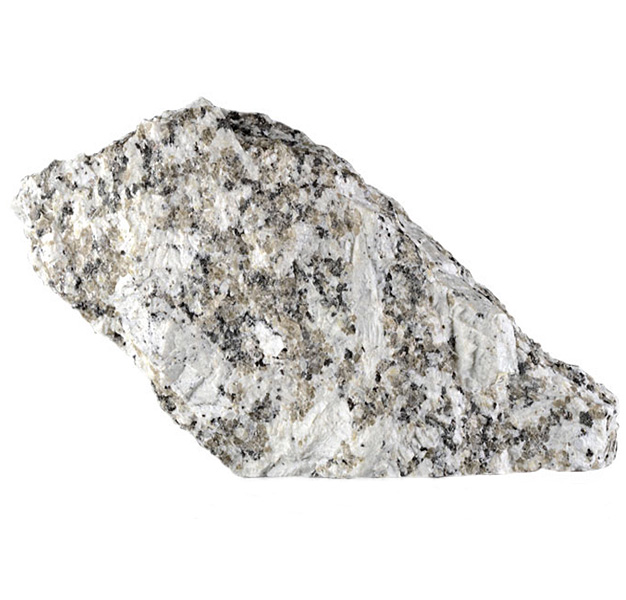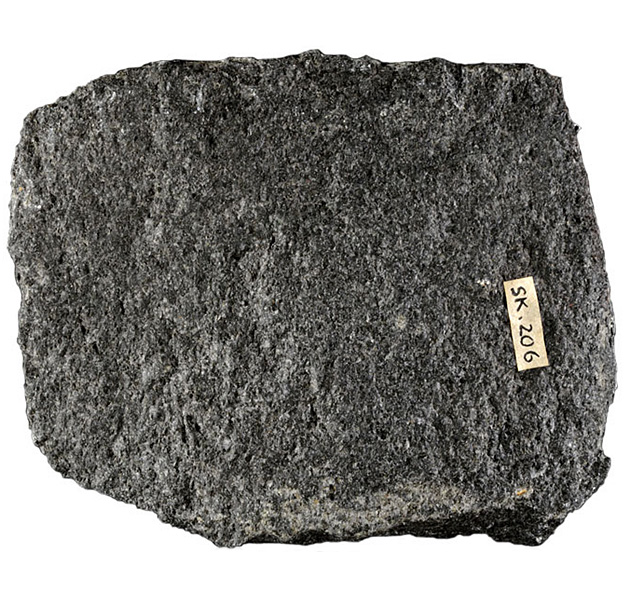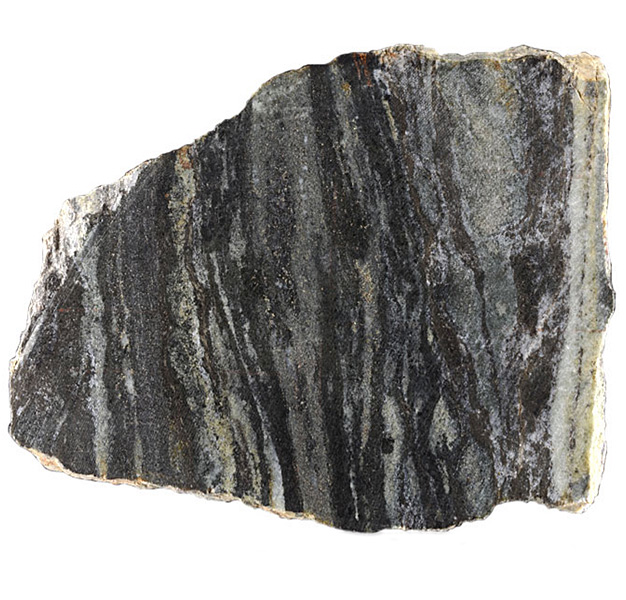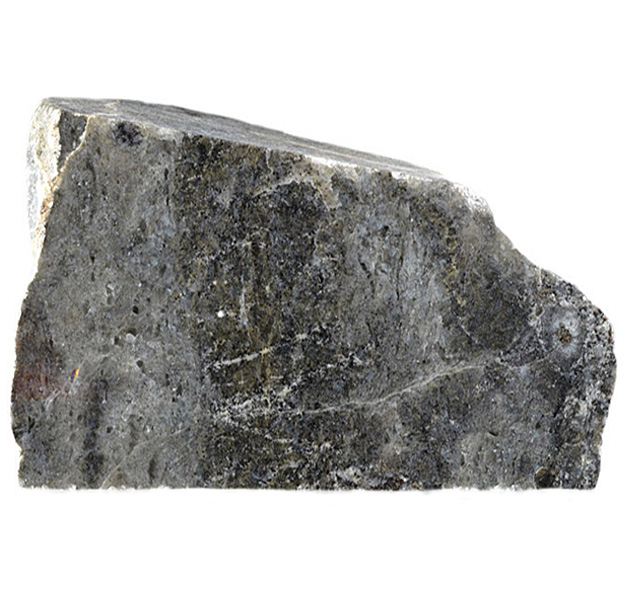The United Kingdom Virtual Microscope (UKVM) collection consists of igneous, sedimentary and metamorphic rocks from around the UK.
It is intended as a teaching resource, helping to tell the story of the common rock types and how they form, and reflecting the history of the UK at the margins of the continent of Europe. The collection is a series of teaching sets, for example igneous rocks from the North Atlantic Igneous Province and SW England; high-temperature metamorphic rocks from Scotland and low-temperature metamorphic rocks from Wales; and sedimentary rocks, including English limestones and sandstones.
The United Kingdom Virtual Microscope (UKVM) for Earth Sciences collection is a freely accessible online open educational resource (OER) that highlights the range of rocks that form the United Kingdom, including igneous, sedimentary and metamorphic rocks.
The United Kingdom is formed of a great diversity of rocks, from those that formed over two and a half thousand million (2,500,000,000) years ago to those formed in much more recent times. The rocks in the UKVM come from England, Scotland, Wales and Northern Ireland: some were part of ancient volcanoes, some formed in deserts, rivers or oceans, and some are the remnants of eroded mountain belts.
The UKVM aims to make a step change in the teaching of Earth Sciences by broadening access to exemplar, rare and unique specimens of British rocks that are currently held in museums, university teaching collections and in the British Geological Survey collection. Using the Virtual Microscope, students can zoom, pan and rotate specimens in light conditions that mirror those previously only possible using specialist petrological microscopes. We aim to help develop their classification and identification skills without the need for high-cost microscopes and thin section preparation facilities. The UKVM may be used as a complete collection or reused and repurposed individually, since each specimen will have a unique URL. The intention is to engage and excite students in Earth Sciences by using rocks of the British Isles held in key collections, and to aid teaching of mineral and rock identification skills in higher education institutions and schools.



